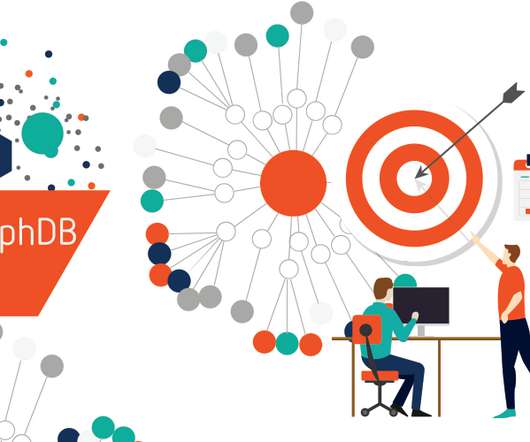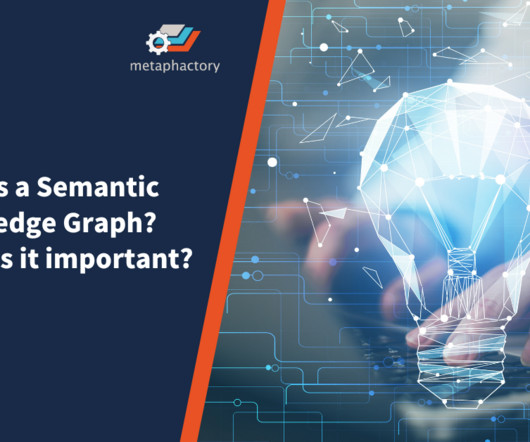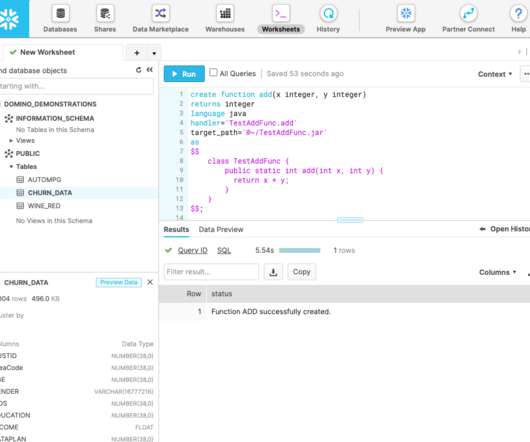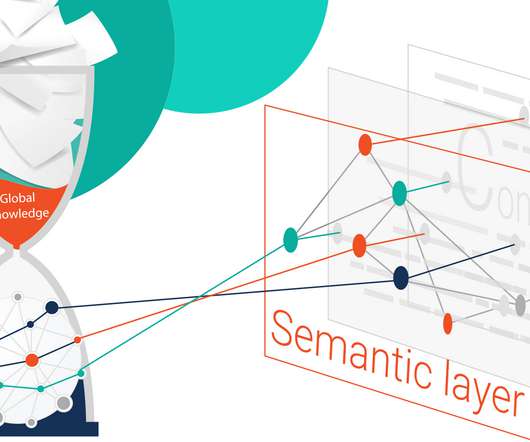Crafting a Knowledge Graph: The Semantic Data Modeling Way
Ontotext
FEBRUARY 19, 2020
Today, as the number of decision-makers recognizing the importance of more dynamic, contextually aware and intelligent information architectures is growing, so is the number of companies with solutions based on knowledge graphs. Yet, the concept of knowledge graphs still lives without an agreed-upon description or shared understanding.














Let's personalize your content